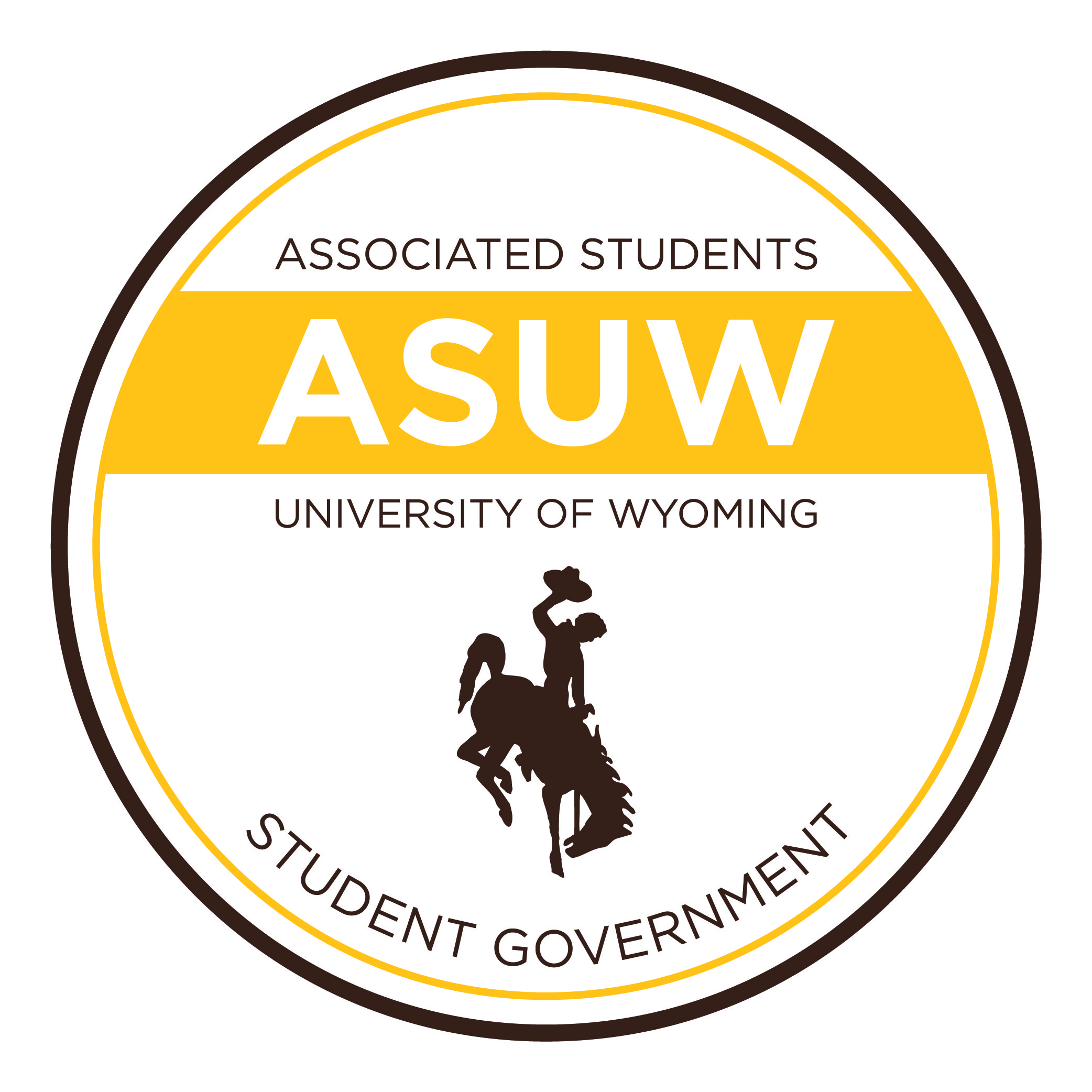UW professor Gang Tan was one member of a research team that has developed a new method of cooling without consuming water or energy. Tan agreed to an interview with the Branding Iron to discuss the teams invention, which they call, RadiCold.
Branding Iron: Could you tell me a little about what RadiCold is?
Gang Tan: It is a scalable manufactured metamaterial. An engineered material with extraordinary properties not found in nature to act as a kind of air conditioning system for structures. It has the ability to cool objects even under direct sunlight with zero energy and water consumption.
The method involves using the installation of a transparent polymer film featuring miniature glass particles. Coated with silver, the material reflects incoming solar energy back into space while simultaneously allowing the structure underneath to shed heat in the form of infrared thermal radiation.
The material has been shown to cool whatever it sits on by as much as 10 to 15 degrees Celsius (or 18-27 degrees Fahrenheit).
BI: How does the material reduce heat?
GT: The material takes advantage of passive radiative cooling, the process by which objects naturally shed heat in the form of infrared radiation, without consuming energy. Thermal radiation provides some natural nighttime cooling and is used for residential cooling in some areas, but daytime cooling has historically been more of a challenge.
BI: How has daytime cooling been more challenging?
GT: The challenge was to create a material that could provide a one-two punch: reflect any incoming solar rays back into the atmosphere while still providing a means of escape for infrared radiation. To solve this, the researchers embedded visibly-scattering but infrared-radiant glass microspheres into a polymer film. They then added a thin silver coating underneath in order to achieve maximum spectral reflectance.
BI:What stage is RadiCold in at this point?
GT:The material has been developed and is ready for mass production.
BI:What inspired you to start this project?
Radiative cooling has been studied for years. One of the noticeable works was published in the journal of Nature by Professor Shanhui Fan from Stanford University. However, previous studies’ products either cannot provide enough cooling power or too expensive for mass production.
BI: How did you fund the project and who was on your team?
GT: The project was funded $3 million from the Department of Energy’s Advanced Research Projects Agency-Energy (DOE ARPA-E) in 2015, awarded to Proffessor Ronggui Yang and Prof. Xiaobo Yin of CU-Boulder, and [myself].”
BI: How might this new technology develop in the future?
GT: There are opportunities to explore potential uses in the power industry, aerospace, agriculture and more. In addition to being useful for cooling of buildings and power plants, the material could also help improve the efficiency and lifetime of solar panels. The project team is currently developing applications and systems of RadiCold material for solar panels, buildings, and power plants.
BI: Now that you have finished most of your work on RadiCold, what are you working on?
GT: In addition, I am developing cost-effective aerogel from coal ash and high volume fly ash cement with nano-SiO2 for sustainable building/construction materials under UW SER support.



